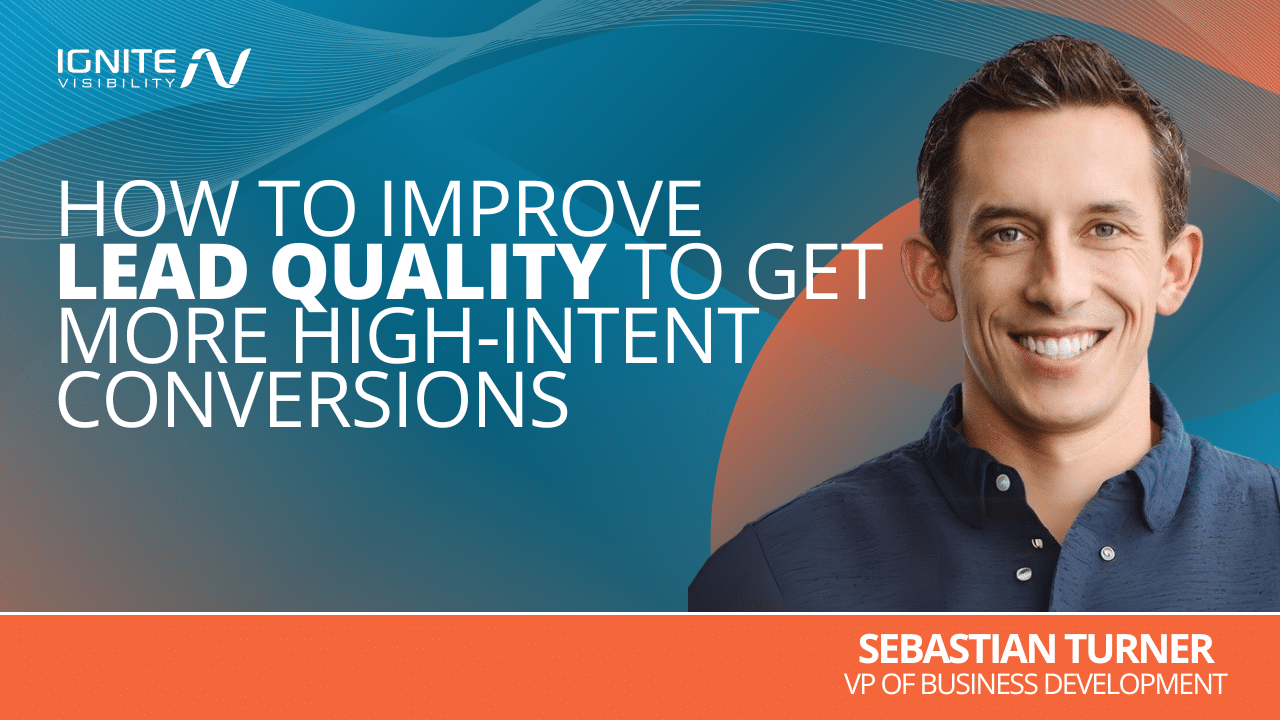
While getting plenty of leads is a big goal, those leads also must be right for your business. A quality lead will go a lot farther than someone who simply isn’t a good fit, making it important to maximize lead quality with all of your marketing and sales efforts.
In this guide, Sebastian Turner, VP of Business Development, will explore how to measure lead quality, lead quality vs. quantity, and how to improve lead quality using some proven strategies.
My Expert Opinion on Lead Quality
Many businesses still make the mistake of using old-school marketing strategies, but these efforts just won’t cut it today. With the competition only getting stiffer in most industries and the increased need for personalized marketing, businesses need to do what they can to reach the right people at the right time and with the right messaging.
If you want to get the most from your marketing budget and maximize ROI, it pays to target more quality leads who truly qualify to enter the sales funnel. Going after the leads most likely to convert and remain loyal customers in the years ahead will make for a much more efficacious marketing and sales strategy.
The key here is knowing how to measure lead quality and effectively qualify those leads before efficiently nurturing them into becoming satisfied customers.
Knowing more about lead qualification and how to improve lead quality with SEO and other marketing strategies could help you get on top of the competition and continually target and convert the right audiences.
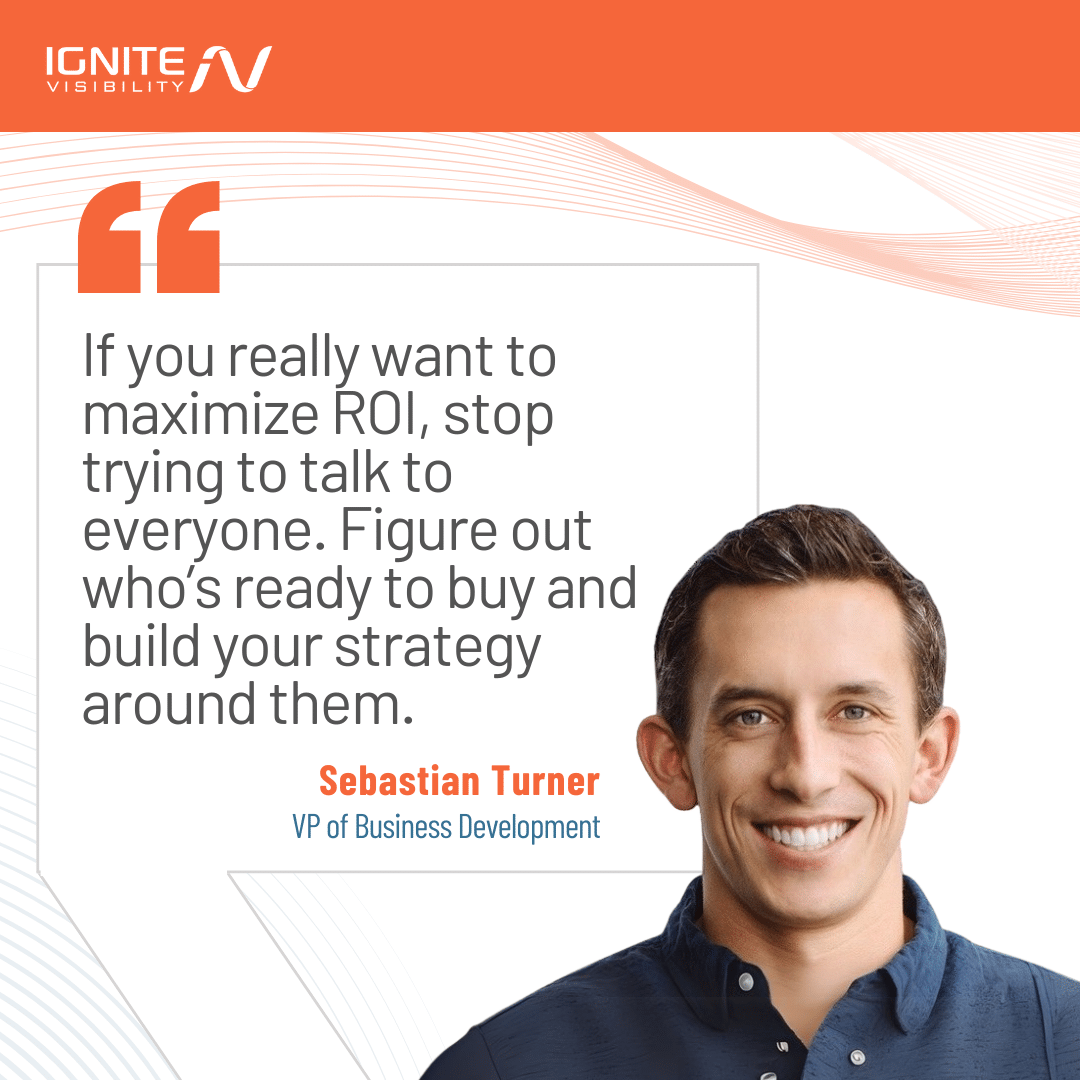
What Is Lead Quality?
Lead quality is a measurement of the likelihood that a lead will become a profitable customer. You can measure this based on the lead’s fit, intent, and readiness.
You can define these elements in your ideal customer profile (ICP), which could serve as something of an audience persona that helps you qualify the best prospective leads.
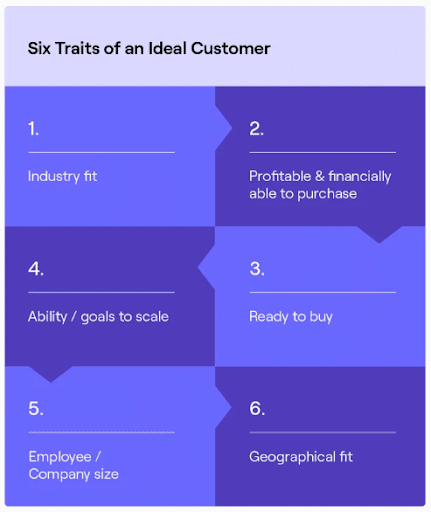
Let’s look at the different factors and establish a rubric for each:
Fit
This gauges where a lead matches your ICP based on demographics and other characteristics. You might grade a lead’s fit based on the following:
- Excellent Fit: This type of lead would perfectly align with the ICP you have in place, as a good match for your company and offerings.
- Good Fit: In these instances, a lead might match many of your ICP’s characteristics while falling short in certain areas.
Acceptable Fit: Here, a lead might share some characteristics of your ICP with some critical differences. - Poor Fit: These leads would not match the ICP and probably won’t make a good customer.
Intent
You must also take into account the prospect’s intent, meaning the person’s interest in your offerings and likelihood of making a purchase, which you can measure based on engagement and certain user behaviors on your site and other platforms.
You might measure intent using this rubric:
- High Intent: This lead would perform actions suggesting high value, such as visiting pages with pricing info, requesting a trial or demo, or signing up for a product.
- Good Intent: Someone might display good intent if they attend a webinar, read several customer stories and case studies, or download a whitepaper, ebook, or another piece of gated content.
- Developing Intent: As a lead develops intent, they’ll visit certain web pages, open emails, and engage in other behaviors that don’t quite yet reveal the person’s intent.
- Low Intent: A lead will fall under this category if they display minimal engagement or actively disconnect from your brand by unsubscribing to your email list or immediately bouncing from a page after landing on it through search results.
Readiness
You should also consider how close a lead is to making a buying decision based on their budget, authority, need, and timeline (BANT), which could help determine whether a lead matches one of the following categories:
- Sales-Ready: If a lead meets all of the characteristics of BANT, this person is likely ready to engage with your sales team as a sales-qualified lead (SQL).
- Nurture-Ready: At this stage, a lead might demonstrate a need for your product or service, but there are still uncertainties regarding budget, timeline, and authority.
- Not Ready: Leads here would be starting their customer journey, conducting research without actually considering a purchase.
- Not a Prospect: Leads in this category would meet none of the BANT criteria, making them entirely unlikely to become a valuable customer, at least for now.
Data Validity
This measures the accuracy and dependability of the data you’ve collected about each lead, which could indicate one of these levels:
- High Validity: If data is highly valid, it will be complete, accurate, recent, and verified.
- Good Validity: Here, the bulk of your lead data would be accurate with a few minor outdated or missing details.
- Questionable Validity: Data in this category would have certain gaps or confirmed inaccuracies that need further verification and research.
- Invalid: If your data is largely inaccurate, incomplete, or generally unreliable, it will be rendered invalid.
For each of these rubrics, you could develop a specific scoring system, such as ranking each category from A to D or F. You can then determine what score would officially qualify your leads for marketing and, subsequently, sales.
Lead Quality vs. Quantity
It’s important to know the difference between lead quality vs. quantity, both of which are important. Here is a matrix detailing each quadrant to target (or not target).
| Quality vs. Volume | High Quality | Low Quality |
| High Volume | This is the ideal scenario, as you generate many high-intent leads who qualify based on your set criteria. This scenario is achievable through well-defined ICPs, highly targeted marketing, and consistently effective lead scoring and nurturing. | This scenario would involve low conversions as you bring in many leads who simply don’t qualify and are unlikely to convert, as they’re probably a poor fit for your offerings and brand. This scenario might result from marketing that’s too broad and ineffective lead scoring and qualification. |
| Low Volume | Sometimes it’s best to get a small number of highly qualified leads who are likely to convert, especially in niche industries with high price points. Here, you might focus more intently on specific leads, taking more time to move them through the sales cycle. | If you’re not reaching the right people with strong marketing and lead qualification efforts, you could wind up with a minimal number of low-quality leads, resulting in wasted resources and low revenue. |
In measuring quality and quantity, keep in mind pipeline velocity and acceptance rate, both of which are key metrics.
Pipeline velocity measures the speed at which qualified leads travel along the pipeline before converting. A higher velocity indicates that your sales process is highly efficient and good at capturing high-quality leads.
Meanwhile, the acceptance rate tracks the percentage of new prospects who become sales-accepted leads (SALs), which could let you know whether your sales team is accepting the right leads at the right rate.
How to Measure Lead Quality
When improving lead quality, there are some specific steps to take that can help you weed out the ones you don’t want while helping you target those desirable audiences with more precision.
1. Develop a Lead Scoring System
The first step should involve establishing a lead scoring system that helps you identify the most valuable leads. As mentioned above, you may want to use the BANT system to measure lead quality based on whether they have the budget, authority, need, and timeline that make them a good fit.
You can score your leads based on their fit, whether you score on a range of one to 10 or A to F.
2. Map Your Sales Funnel
The next step should entail determining the sales funnel that most efficiently leads high-quality leads down toward a sale and, ultimately, retention.
Consider the top of the funnel, where people are just learning about your brand and offerings, along with the problem that you might be able to resolve.
Toward the middle of the funnel, they’ll be interested in diving deeper into potential solutions, before reaching the bottom of the funnel, where they’re ready to convert and become happy customers.
Based on this map, you can determine how best to move people down the funnel to maximize efficiency and ROI.
3. Measure the Right Key Performance Indicators and Metrics
You can also measure various metrics to gauge quality, including:
- Qualified Lead Rate: This metric measures the percentage of all leads who meet your specific criteria for a quality lead. You can calculate this with the following formula: (Number of Qualified Leads / Total Number of Leads) X 100.
- Cost Per Lead (CPL): Use this metric to measure the total cost of acquiring a lead from a particular source. Calculate it using this formula: Total Cost of Campaign / Number of Generated Leads.
- Cost Per Acquisition (CPA): Accounts for the total cost of acquiring a single customer. Determine this metric with the formula: Total Costs / Number of Customers Acquired.
Based on these and other metrics relevant to your lead generation efforts, you can figure out what’s working and what needs further optimization.
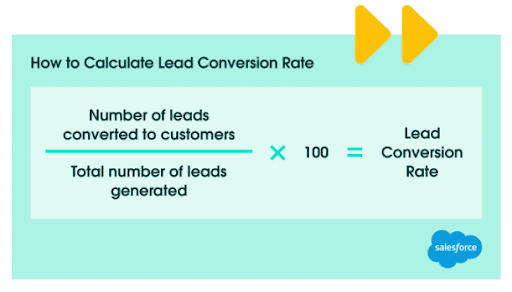
4. Track Engagement Metrics and Downloads
Track all relevant metrics to determine how prospective and existing leads interact with your site and content, such as:
- Email open rates
- Site visits
- Social media interactions
- Click-through rate
You can also track downloads of ebooks and other types of informative gated content to further qualify your leads.
Proven Ways to Improve Lead Quality
Here are some great methods for improving lead quality effective:
1. Tighten ICPs
Keep your ICPs as concise and neat as possible to pin down the right leads, including information in a format that’s comprehensive and paints a clear picture of the ideal prospect.
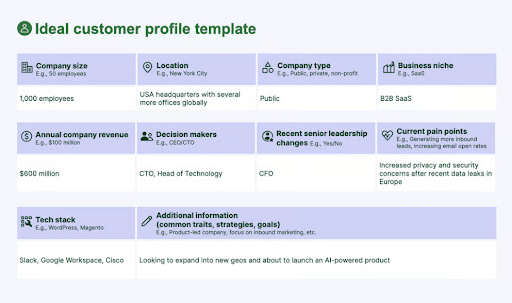
2. Create BOFU Content
Never ignore the importance of bottom-of-funnel (BOFU) content, as this is what will ultimately convert.
There are many types of BOFU content, such as:
- Demos and free trials
- Webinars
- Customer testimonials and reviews
- Product or brand comparisons
- Brief but highly informative courses
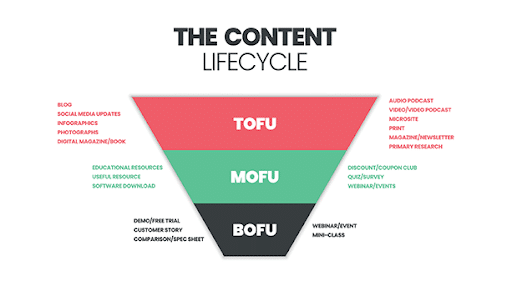
3. Incorporate Multi-Step Qualifying Forms
To further help you qualify your leads, implement query forms that ask potential leads multiple questions that help determine whether they’re a good fit and what they specifically want from your brand.
For instance, you might ask about a particular pain point the lead is exploring and a particular solution they’re looking for, along with specific features they might want and what kind of budget they have.

4. Use Paid Media Filters
In your paid media advertising campaigns, including search and display ads, be sure to filter out audiences you don’t want to target, which will hone your campaigns and help you make the most of your available advertising budget.
5. Conduct Lead Scoring and Account for Decay
Use your lead scoring system to determine which leads are the right fit and which aren’t worth the time and effort pursuing. In the process, take into account data delay, as the longer the data about each lead sits and stagnates, the less valuable and accurate it will become.
6. Engage in Data Validation
Always validate the data you collect from your leads to further confirm whether they’re the right fit based on the accuracy, recency, and verifiability.
7. Implement SLAs and Consider Speed to Lead
Put together service level agreements (SLAs) and think about speed to lead, as the shorter the distance between acquisition and conversion, the easier it will be to maintain contact.
In fact, according to Hatch, reducing your lead follow-up times from 10 to five minutes can lead to a 900% increase in contact rates, showcasing the importance of responsiveness in boosting conversions and revenue.
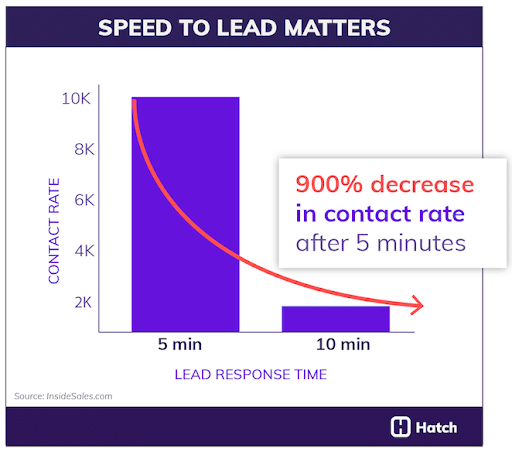
8. Develop Feedback Loops
Use consistent feedback loops that keep your leads in contact and continually investigating your brand and offerings, which will fuel more re-engagement in the long term.
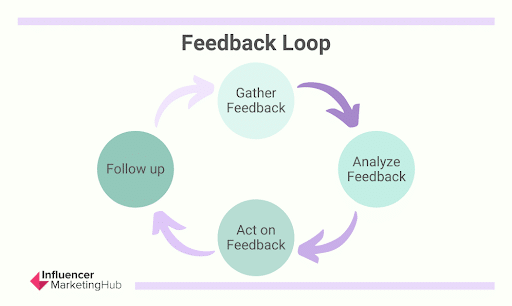
9. Practice Efficient Lead Nurturing
Determine how to continuously move leads down the funnel toward conversion and loyalty, using the data you collect to optimize accordingly. Eventually, you’ll be able to eliminate all bottlenecks to keep people moving through every touchpoint.
10. Use CRO Filters
As you perfect your conversion rate optimization (CRO), you can filter out leads who won’t make for good opportunities based on a bad fit or low overall quality. Tools like Google Analytics could help you filter audiences based on traffic source, location, and other factors.
11. Utilize Intent Data
Determine your leads’ intent and where they’re at in the customer journey based on various types of intent data, such as product or pricing page visits, downloads, and subscriptions.
12. Refine Your Retargeting Efforts
If you find that your metrics and KPIs are falling below your goal thresholds, you can figure out what’s working and what isn’t to gradually optimize your strategy.
Data Quality and Fraud
One big risk that many brands face is lead generation fraud, which is a real problem that can waste your ad budget, energy, and resources as you struggle to convert quality leads.
According to a recent Ad Fraud White Paper from Spider AF, one company saw more than 400 fake leads in just two months, culminating in an advertising budget loss of 5.36 million yen.
You can avoid potential lead fraud and poor-quality data by utilizing effective lead validation processes, monitoring all relevant quality metrics, looking at traffic sources, and cleansing your data by eliminating duplicates and irrelevant lead data.
Also, verify data using phone and email.
Hand-Off That Protects Lead Quality
To get the most from and effectively preserve data, develop clear routing, SLAs, and feedback loops that help you confirm the validity of data while transferring it from marketing to sales.
Taking the steps to ensure efficient and consistent hand-off will keep all teams on the same page.
Tools and Stack for Managing Lead Quality
Here’s some guidance on how to select some tools to help with improving lead quality.
CRMs
One type of tool you can use is a customer relationship management (CRM) platform, which helps track the customer journey from initial acquisition all the way to sales and continued connection.
Look for a robust solution that offers workflow automation, contact management, sales management, mobile CRM, and in-depth reporting and analytics.
Salesforce CRM is one such tool that can help with every aspect of managing customer relationships.
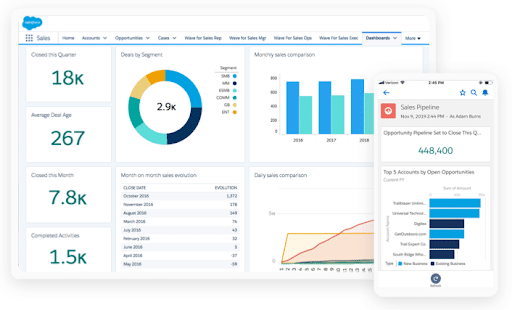
Automation
Certain automation tools could also help streamline the sales funnel and lead nurturing processes, from HubSpot to Mailchimp and AI-powered tools for personalization.
Look for solutions that help simplify processes that would otherwise take up time your teams could spend on more urgent processes like lead outreach.
Scoring
Try to find lead scoring tools that are highly organized and visual that can clearly indicate lead scores based on your designated criteria.
One great option you can try is HubSpot, which features both a “Fit Score” and an “Engagement Score” to gauge viability.
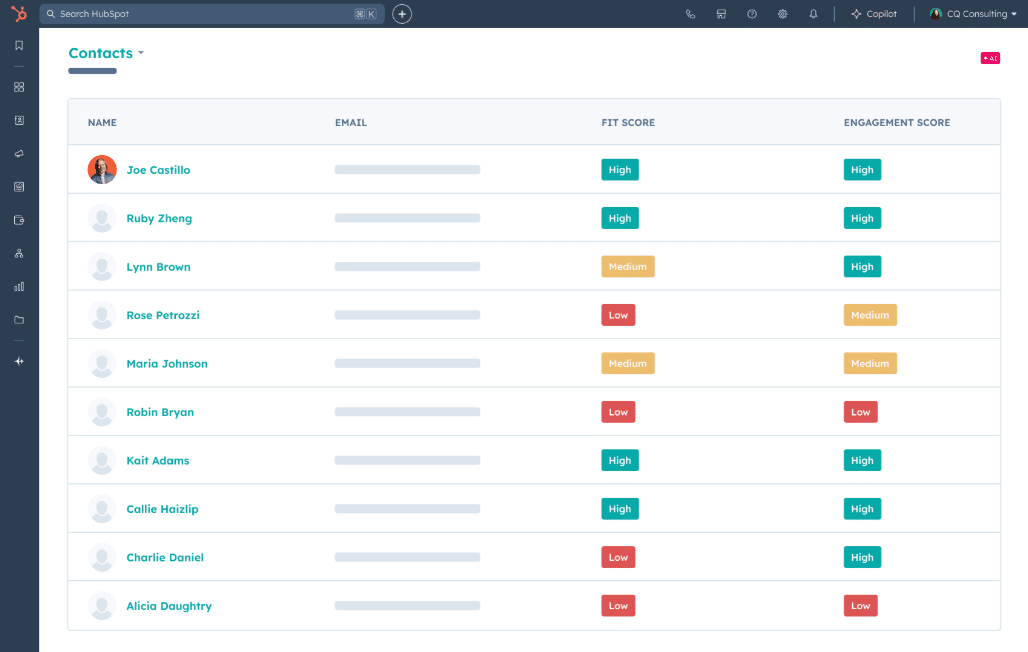
Enrichment
To maintain accurate, high-quality data about your leads, use enrichment solutions like Clearbit and ZoomInfo, which can help you enrich data in real time, integrate this data into your CRM, and enable bulk enrichment through a CSV or another list format to process data en masse.
Validation
Tools like Hunter.io and Pipl can validate data to maximize accuracy and authenticity to fuel your sales pipeline.
Features to look for here include phone validation, email validation, batch processing, and data cleansing and standardization.
Fraud Prevention
Anura, Fraudlogix, LeadsHook, and other fraud prevention tools can assist with everything from IP monitoring and blocking to behavioral analysis, scoring, and alerts to keep bots away and enable only authentic leads to enter the funnel.
Call Tracking
To manage communications with leads and facilitate responsiveness, use the right call tracking software. Features like dynamic number insertion, CRM integration, call recording and transcription, and multi-channel attribution could be invaluable in tracking all calls.
Salesloft is one such tool that you can use to conveniently manage every aspect of your calls, with the ability to measure call performance to help your sales teams streamline their efforts.
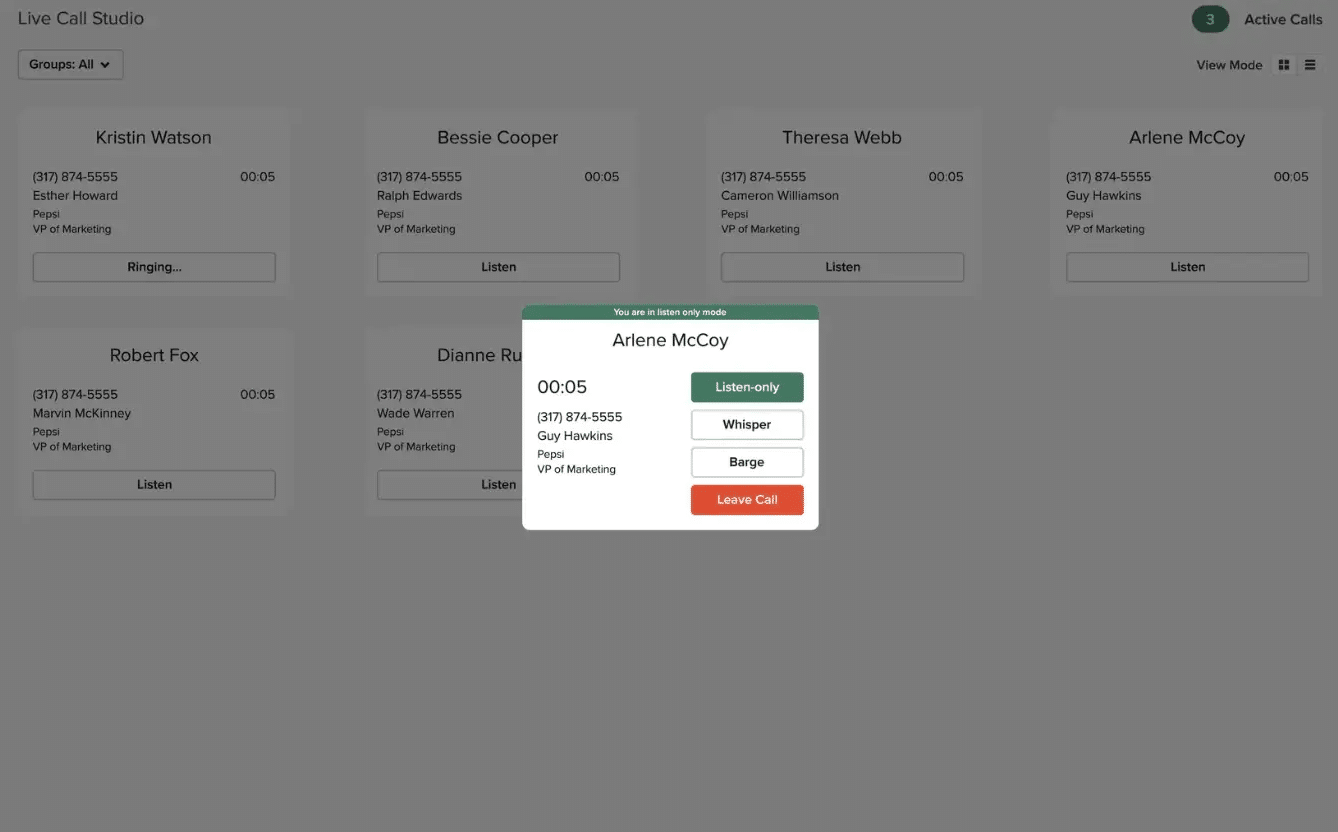
FAQs
1. What is lead quality?
This measures the overall quality of the leads you acquire based on whether they’re a good fit for your business and offerings, as well as their intent.
2. How do you measure lead quality?
You can measure the quality of leads using a reliable lead scoring system that classifies leads and grades them based on fit and engagement, along with various metrics like engagement metrics, lead conversion rate, and cost per lead.
3. What is lead quality vs. quantity?
It’s important to have a good mix of quality and quantity when generating leads. Ideally, most businesses will want a large number of high-quality leads, but some niche markets like B2B businesses will prefer to seek top-quality leads in low volumes.
4. What are the best ways to improve lead quality?
You can boost the quality of your leads using a combination of effective methodologies and the right tools. The best approach will provide you with consistently high-quality data while helping you optimize the customer journey and sales funnel as you work to convert more valuable leads.
5. What’s a good MQL rate?
There isn’t a universal answer to this, as the ideal MQL rate will vary depending on your industry, business goals, and what you consider to be a marketing-qualified lead.
6. What is lead scoring?
This process involves scoring leads according to fit and intent, assigning leads a number or letter grade in many cases to indicate which leads are worth targeting and which are unlikely to lead to a sale.
7. How do SLAs affect outcomes?
Marketing and sales teams should have a clear service level agreement in place to help align their goals and assign responsibilities to each. SLAs could optimize lead generation and nurturing for both teams while maintaining the integrity of lead data as it travels down the pipeline.
Discover How to Improve Lead Quality With Ignite Visibility
Want to get the most from your lead generation and nurturing efforts? Ignite Visibility is here for you as a leading marketing company with ample experience across a range of industries.
With us, you get:
- Help with identifying quality leads who are the most likely to convert
- An effective lead scoring system that classifies leads appropriately
- Marketing campaigns that effectively target those valuable prospective leads
- Assistance with lead nurturing as you optimize the customer journey
- Continual measurement and improvement to get the best possible results
- And more!
Contact us today to request a free proposal and find out how we can help your brand.
